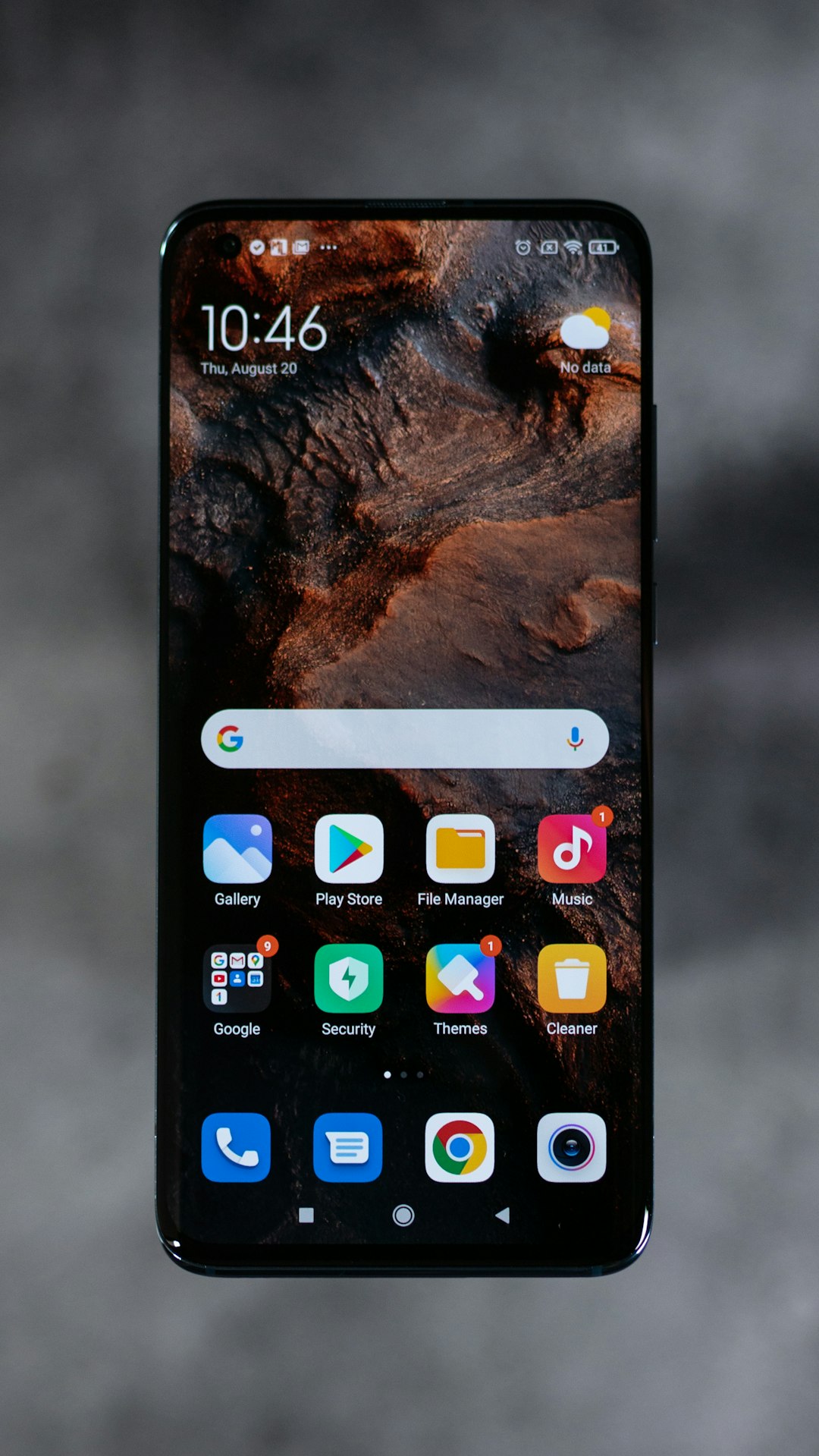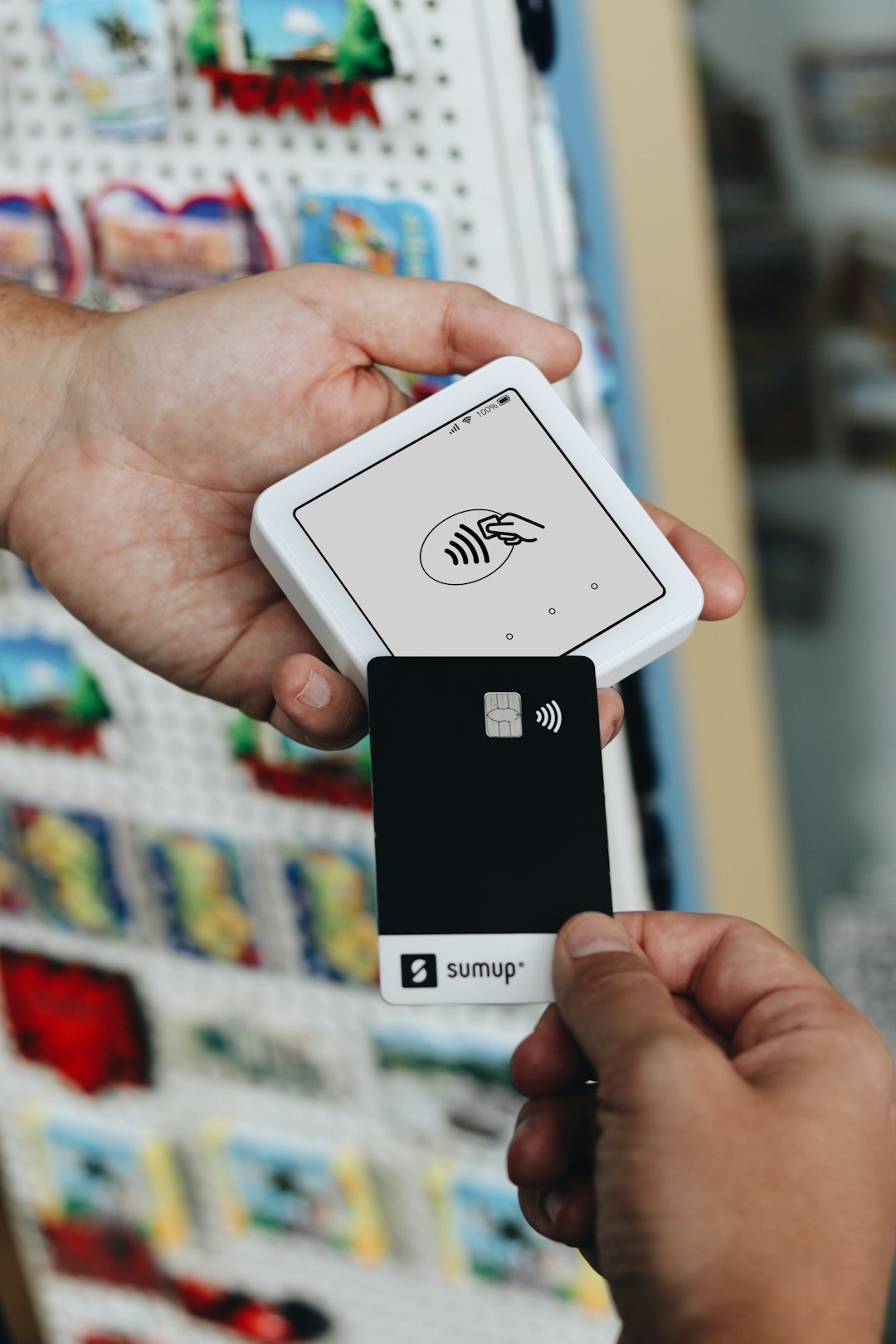Robocalls are a common issue in Oklahoma, protected against by the Telephone Consumer Protection Act (TCPA). A robocall reporting app should be developed with features like easy reporting, data management, call filtering, and blocking. It must comply with state laws regarding Do Not Call registries and consumer rights. Testing and quality assurance are crucial to ensure the app's reliability and security. Post-launch, focus on marketing strategies targeting "Can I Sue For Robocalls Oklahoma" for user acquisition.
In today’s digital age, robocalls have become a ubiquitous yet often unwanted part of daily life. Understanding your rights and legal implications surrounding these automated calls is crucial, especially in Oklahoma where regulations offer protections for consumers. This article guides you through creating a user-friendly Robocall Reporting App tailored for the Oklahoma market. We’ll explore the development process, integrating legal safeguards to protect user privacy, testing protocols, and marketing strategies, empowering residents to take control and potentially sue for robocalls.
Understanding Robocalls and Their Legal Implications in Oklahoma

Robocalls, automated phone calls or text messages sent in bulk, have become a pervasive issue across the United States, including Oklahoma. While many robocalls are for legitimate purposes like marketing and survey research, others can be frustrating, misleading, or even illegal. In Oklahoma, the Telephone Consumer Protection Act (TCPA) provides consumers with substantial legal protections against certain types of robocalls. If you receive an unwanted automated call or text, you may have the right to take action.
In terms of Can I Sue For Robocalls Oklahoma, the answer depends on how and why you were contacted. For example, if a company used an automatic dialing system (ATS) or prerecorded messages without your prior express consent, you could potentially file a lawsuit under the TCPA. These laws allow individuals to seek damages for each violation, which can add up, especially in cases of widespread robocalling. Understanding your rights is crucial when dealing with unwanted robocalls, and knowing how to report them effectively can play a significant role in curbing this growing nuisance.
The Process of Developing a Robocall Reporting Application

Creating a Robocall Reporting App in Oklahoma involves several key steps. First, understand the legal framework surrounding robocalls and consumer protection in the state. Oklahoma laws, like the Telephone Consumer Protection Act (TCPA), offer recourse for citizens who receive unwanted automated calls, including the right to sue for damages. Incorporate these legal considerations into your app’s design, ensuring users can easily report robocalls and access relevant information about their rights.
Next, focus on developing a user-friendly interface where individuals can swiftly file complaints, record call details like dates, times, and call sources, and potentially block future calls from the same number. Integrate robust data management systems to store and analyze reported robocalls, which could aid in identifying patterns or recurring offenders. Additionally, consider implementing automated features like call filtering and blocking based on user preferences, enhancing the app’s functionality beyond simple reporting.
Integrating Legal Features for User Protection and Privacy

When creating a Robocall Reporting App in Oklahoma, integrating legal features is crucial for user protection and privacy. It’s essential to ensure that your app complies with state laws regarding Do Not Call registries and consumer privacy rights. Oklahoma law allows residents to file complaints against robocallers, and even sue for damages under certain circumstances. Implementing robust reporting mechanisms within your app can help users document and report suspected illegal robocalls directly from their devices.
Additionally, consider incorporating features that verify user consent before registering any calls or messages, respect user opt-out requests, and provide clear privacy policies. By integrating these legal protections, your app not only fosters a safer digital environment but also empowers Oklahoma residents to take action against unwanted robocalls, including the potential for legal recourse under state laws.
Testing and Quality Assurance Measures for the App

Testing and Quality Assurance are paramount for any successful app, especially one dealing with phone communications like a robocall reporting app in Oklahoma. Before launching, rigorous testing is essential to ensure the app functions accurately and reliably across various devices and network conditions. This includes stress testing to handle high call volumes, validating data transmission and receipt, and thoroughly checking for security vulnerabilities that could expose users to potential identity theft or fraud risks.
Additionally, user experience (UX) testing is crucial to gather feedback on the app’s intuitiveness and ease of reporting robocalls. By emulating real-world scenarios and gathering user input, developers can identify and address usability issues early, ensuring a smooth reporting process for Oklahoma residents considering legal action under Can I Sue For Robocalls Oklahoma regulations.
Marketing and Distribution Strategies for Your Oklahoma-Focused App

After developing your Robocall Reporting App focused on Oklahoma, the next crucial step is to effectively market and distribute it to reach potential users. Given that Oklahoma has specific laws regarding robocalls, positioning your app as a solution for consumers concerned about unauthorized calls can be compelling. Utilize search engine optimization (SEO) strategies targeting phrases like “Can I Sue For Robocalls Oklahoma” to attract users searching for legal recourse. This approach ensures your app appears in relevant local searches.
Leverage social media platforms popular among Oklahomans, such as Facebook and Twitter, to create buzz around your app. Share informative content highlighting the state’s robocall regulations and how your app simplifies the process of reporting unwanted calls. Collaborate with local community groups, consumer advocacy organizations, or even legal clinics to spread awareness. Offering incentives for early adopters or discounts for students can also stimulate interest. Additionally, consider partnering with local media outlets to reach a wider audience.






